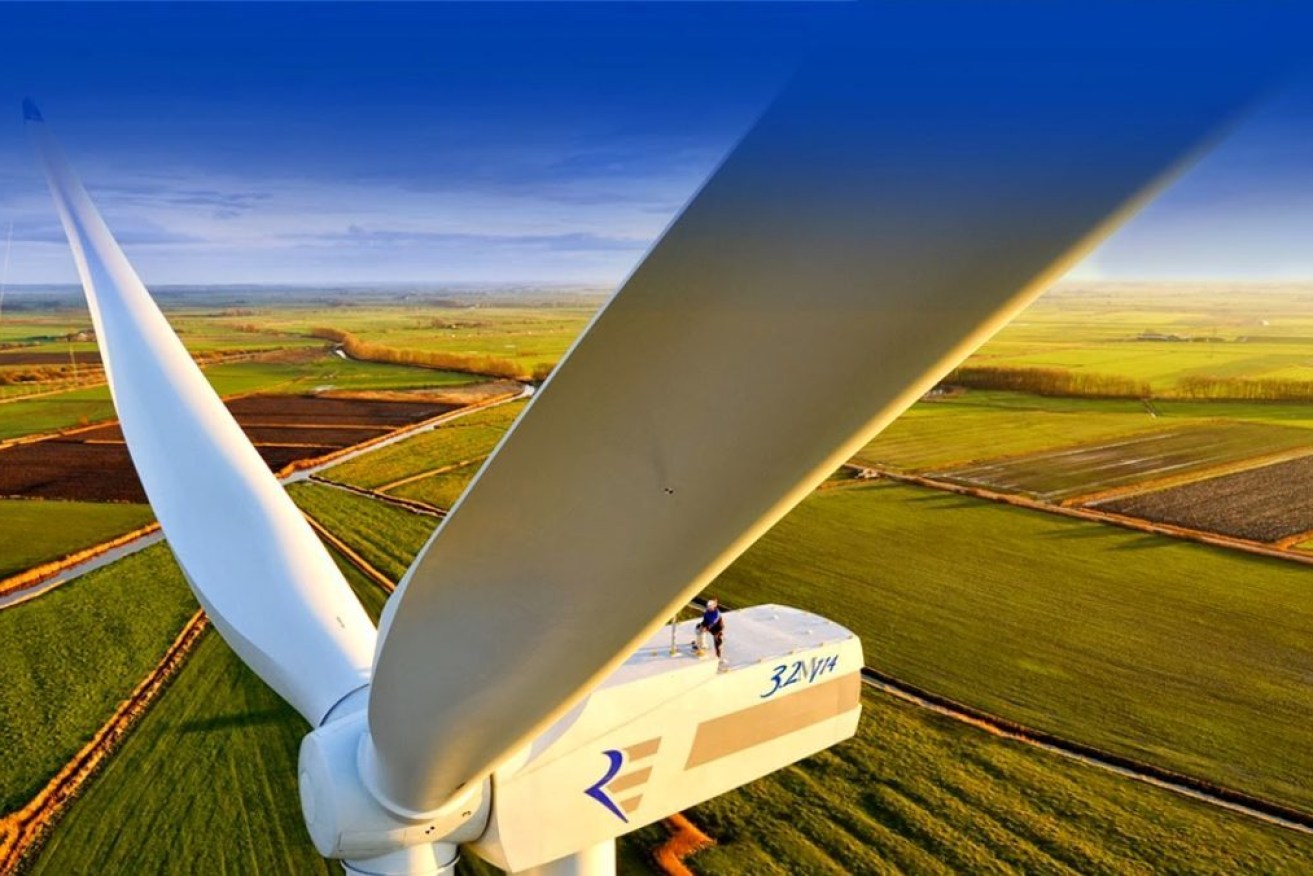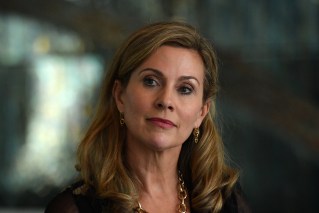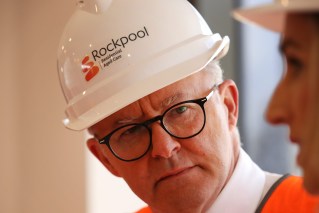Queensland’s future as an energy superpower – and how it could be squandered
As Queensland stands on the verge of a clean energy revolution, the billions squandered and the communities sent into turmoil by the $70 billion LNG development a decade ago should have been a cautionary tale, writes John McCarthy.


CleanCo has called for 3GW of renewable energy (file photo)
But it wasn’t and here we are again with the starting gun fired in the race for “first mover’’ status in hydrogen.
The vast scale of what’s occurring in Queensland as renewable and hydrogen projects stake their claim is remarkable. Mining and processing projects that have been around for years are jumping in.
Bundaberg, Townsville and Gladstone all have hydrogen schemes at embryonic stages.
There are planned nickel refineries, wind farms, massive transmission projects, solar farms, electrolyser plants, vanadium mines and the ever present talk of Queensland’s holy grail – the vast wealth of the north west minerals province which is just waiting to be exploited.
But underlying it is creaking infrastructure, confusion, frustration and a lack of leadership, legislation and policy, according to those on the ground.
Sun Metals’ subsidiary ARK Energy has an $18 billion hydrogen scheme that would eventually create a major export commodity as well as reduce its $50 million to $80 million electricity bill.
“(The) $18b is our cumulative estimate across the value chain and across the four phases to get to export scale,’’ ARK’s chief executive Daniel Kim said.
“We will deploy capital in the most efficient way and look to partner with other proponents where possible and share common user infrastructure particularly associated with export.’’
Sun Metals has already built its own solar farm in Townsville and has a stake in the McIntyre wind farm project. It has recently bought five hydrogen fuel cell trucks to start the hydrogen transition at a local level in Townsville
Ark’s plan is to eventually sell green hydrogen to north-east Asia, which is forecast to account for approximately 70 per cent of global hydrogen demand by 2040 and it is determined to get that “first mover” status.
The scheme will rely on Government funding to bring down the cost of hydrogen production.
Rio Tinto has $10 billion to decarbonise its West Australian iron ore and its aluminium smelters, including the Boyne Island project in Gladstone.
The Copperstring transmission line between Townsville and Mt Isa that has the potential to spark massive mining and renewable investment will cost $1.8 billion in construction.
There are clean nickel refinery projects, QEM’s vanadium mine for rechargeable batteries and Edify Energy has development approval for a 1 gigawatt green hydrogen production plant near Townsville.
Then there’s Andrew Twiggy Forrest’s schemes including a potential $1 billion hydrogen electrolyser plant in Gladstone.
Rio’s decarbonisation scheme for its smelters would require about 5 gigawatts of renewable energy. To put that into context it’s almost half of Queensland’s current capacity.
The mining giant has also proposed buying renewable energy from central Queensland projects to spark development.
To support the electrification of industry, which is needed to reach net zero, the grid in Queensland would need to triple in size as would electricity production.
It all seems very similar to a decade ago.
This time around, though, there are people waving red flags.
“There is growing insecurity out there about how we are going to manage the transition,’’ Next Economy chief executive Amanda Cahill said.
“In the coal regions there is a lot of worry and fear and frustration because they have been waiting to see a plan.
“They just want to know that somebody has got this as part of their job and they are figuring it out and they are not hearing that sort of thing from the Government.’’
“Some councils, like Gladstone, which took a few negative hits from the LNG developments have stopped waiting for some sort of leadership and have started doing their own transition plans.’’
While the State Government is heavily involved with renewable energy zones, a clean energy target and is developing its 10-year energy plan, the Federal Government has no energy policy and is struggling with adopting net zero by 2050.
Getting the planning right is vital for Queensland because renewables and green hydrogen have the potential to replace the coal sector which underpins much of the state economy.
Cahill said there should be something like the Olympics Organising Committee to plan for the massive transition because it needs nation-wide co-ordination.
“There is frustration there. I hear from industry about a frustration about a lack of policy and frameworks. There is growing recognition that the states are leading the way,’’ Cahill said.
But the State has problems too. The potential catalyst for much of what is planned in the north and west of the state is the CopperString transmission line from Townsville to Mt Isa and it needs legislation to pave a way for it to join the network.
That’s the next milestone, according to CopperString’s John O’Brien.
“The state is working closely with us but it does need a focus from the (them). Timing is important. The opportunities will become harder as more developments happen elsewhere.
“We have a demand to do things now.’’
And even with the State Government backing renewables, Windlab’s solar/wind farm/battery project near Hughenden will take seven years before it can join the electricity network. That is far too long.
Its construction manager, Martin Vries, said the region around Hughenden could support vast amounts of renewable generation because it has wind at night and sun during the day.
However, the current transmission line can barely support its project let alone any more.
“We have 320 sunny days on average a year so solar is a no brainier and it’s complemented by the wind you get in the afternoon and overnight.’’ Vries said.
“You have a brilliant resource. When you look around there is a lot of space and hardly any turbines.’’
There is no shortage of capital wanting to get involved if it can get the right policy settings. Nor is there a shortage of projects. The Australian Energy Market Operator believes that in fewer than five years there would be enough renewable resource potential to supply 100 per cent of demand in the national electricity market at times.
But there is creaking infrastructure and sluggish Government response.
A report from NSW energy infrastructure company Transgrid described the transition to renewables as unstoppable and highlighted the need for co-ordination.
But the Queensland Conservation Council’s Claire Silcock said without a similar study and report from the Palaszczuk Government, the state will miss opportunities.
“It’s a question of ambition,’’ Silcock said.
“Queensland need to match the planning and strategy of NSW or risk missing out hydrogen investment despite our excellent renewable energy resources and infrastructure.’’












